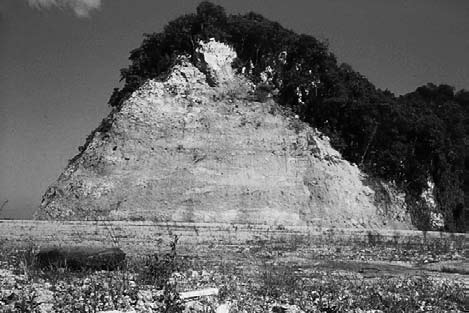Human Interaction with Caribbean Karst Landscapes: Past, Present and Future
DOI:
https://doi.org/10.3986/ac.v39i1.119Abstract
Karst provides a critical physical backdrop for much of the Caribbean’s history and many of its existing environmental, agricultural, economic and cultural issues. The karstlands are challenging to human habitation, since they possess a broad array of natural hazards, but they are also at risk of degradation and vulnerable to environmental change. The karst has a rich legacy of pre-Colombian settlement and contains many regional archaeological sites. Unsustainable European colonial agricultural practices degraded the vegetation and landscape severely. The karstlands also played a major role in resistance to colonial authority, and were used by Maroons as both refuges and bases for harassment and guerilla actions. Following emancipation and independence, the karst became a basis for subsistence agriculture, increasingly yielding to commercial agriculture, urbanization and industrial activities, and tourism. Despite hazards such as drought and flooding, human impacts on the karstlands have been long-term and severe. Regional predictions are that anthropogenic climatic change will lead to rising sea levels, changing precipitation totals and the increasing frequency of extreme events, such as droughts and hurricanes. The effects of all these changes will be magnified in the karst, particularly with respect to karst hydrology. Climate change and other human impacts will increasingly threaten already at-risk and vulnerable ecosystems and human communities, necessitating integration of climate change parameters and the adoption of appropriate risk management measures.
Downloads

Downloads
Published
How to Cite
Issue
Section
License
Authors guarantee that the work is their own original creation and does not infringe any statutory or common-law copyright or any proprietary right of any third party. In case of claims by third parties, authors commit their self to defend the interests of the publisher, and shall cover any potential costs.
More in: Submission chapter




